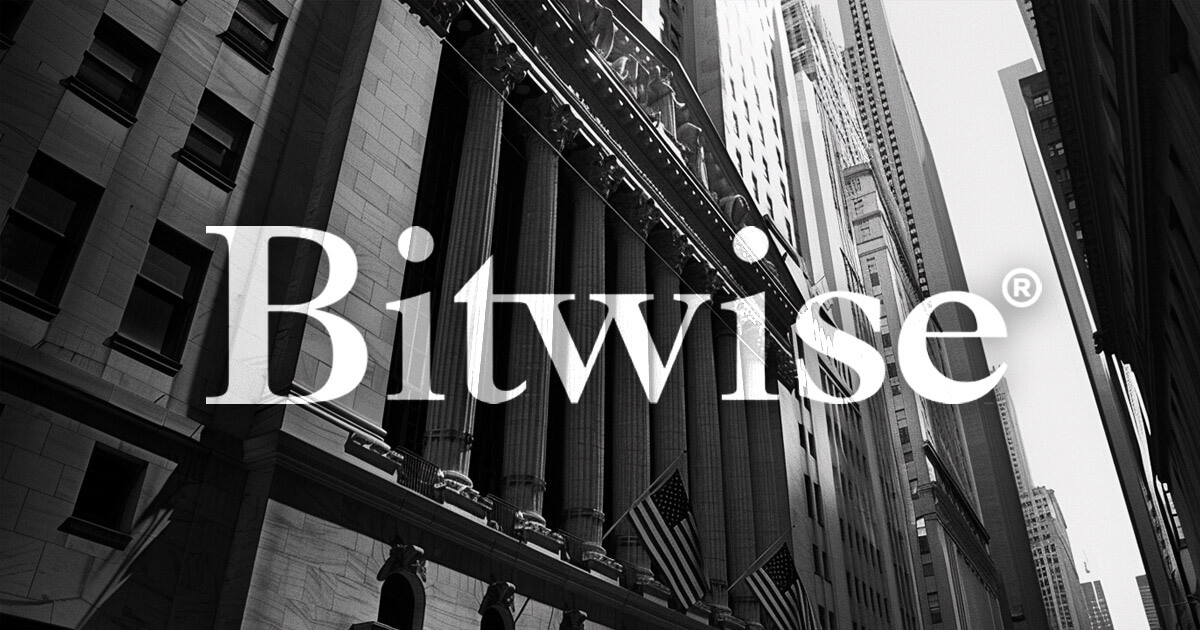Tokenized real estate continues to evolve from niche experimentation to serious infrastructure.
A recent Deloitte report predicts that the tokenized real estate market could reach $4 trillion by 2035. While the number is quite largee, it remains a drop in the bucket relative to the $658 trillion size of the global real estate industry.
The thesis for tokenizing real estate is simple: blockchain can modernize how ownership is tracked, assets are accessed, and capital flows across markets. Real estate is about as “real world” as it gets, and seeing tokenization reshape the world’s largest asset class speaks volumes.
To understand what it takes to actually support this transformation, I spoke with Teddy Pornprinya, co-founder of Plume Network. Plume is working on the infrastructure layer that could help make tokenized real estate, and other real-world assets, scalable, compliant, and accessible.
In our conversation, Pornprinya discusses the challenges of cross-chain interoperability, regulatory complexity, and user trust, while explaining how Plume is building for both institutional adoption and retail access. Here’s our full Q&A.
crypto.news: Deloitte’s report predicts $4 trillion of real estate will be tokenized by 2035 which is just 10 years away. Is Plume’s infrastructure prepared to scale for that level of asset tokenization? Can you comment on some of the technical hurdles (i.e latency, network capacity, throughput) you face and how it will be addressed to become an institutional-grade platform at such volumes?
Teddy Pornprinya: This scale of tokenization falls under our Plume Arc initiative. To support such volumes, we’ve built compliance-first infrastructure that integrates directly with licensed partners for compliance and on/off-chain workflows. These integrations give us jurisdictional flexibility, so whether the asset originates in the U.S. or overseas, we ensure it’s onboarded in a compliant way.
The tokenization process itself is managed through a workflow engine that simplifies asset onboarding for teams unfamiliar with on-chain mechanics. On the infrastructure side, we’ve already onboarded institutional-grade products like BlackRock, Blackstone, Pimco REITs through our Nest application. We’re also actively collaborating with institutional partners in New York, including Apollo. Our infrastructure is already supporting tokenized institutional assets, and we are confident it can scale as demand accelerates.
CN: Deloitte breaks down the tokenized real estate market into three segments: private real estate funds, tokenized loans/securitizations, and tokenized undeveloped projects. Which of these areas is Plume Networks focusing on first, and how does that choice shape your product roadmap for the next few years? Do you plan to eventually cover all these segments (or even expand to other asset classes), and if so, how will you sequence those expansions?
TP: Yes, we’re built to support a wide spectrum of real-world assets, including private real estate funds, tokenized loans, securitizations, and more speculative or underdeveloped assets. The flexibility of our system allows us to work with projects at any stage—from inception to full market readiness.
For example, we helped a private equity fund in Texas tokenize its mineral assets, a traditionally offline segment. For more developed players, we focus on scaling distribution. Our model is end-to-end: we support token creation, compliance, and access to liquidity and market presence.
CN: As more real-world assets are tokenized, Deloitte notes the need to “achieve interoperability across protocols. How will Plume Networks enable cross-chain interoperability for tokenized assets, and do you intend your platform to be blockchain-agnostic so that tokens can freely move and trade across different networks?
TP: Yes, our approach is to make Plume blockchain-agnostic. Our Skylink product built in collaboration with LayerZero enables us to originate yield and assets on Plume and create representations of those assets on other chains like Solana, Sui, and Injective.
With Skylink, end users on other blockchains don’t need to interact directly with Plume or use complicated bridges. They can simply deposit stablecoins into local vaults, and we handle the backend processes bridging funds to Plume, managing tokenization, and eventually redeeming back to the user’s chain. This creates a seamless omnichain RWA experience, unlocking new possibilities across fragmented blockchain ecosystems.
CN: I have been reading about new on-chain structures like real estate trust deeds that hold property in a neutral third-party trust until a debt is repaid, effectively embedding legal contracts into blockchain tokens. How is Plume Networks incorporating real-time compliance and legal enforcement into its platform design. For example, can your smart contracts automatically enforce KYC/AML checks, investor accreditation limits, and jurisdiction-specific regulations as each transaction occurs?
TP: Absolutely. Real-time compliance is core to our institutional approach. We’ve integrated compliance mechanisms directly into our smart contracts and token standards. Depending on the asset type and regulatory requirements, we support both ERC-20 and ERC-3643 token standards.
This ensures compliance is enforced not just at the onboarding level but continuously across every transaction or transfer—providing the level of security and auditability that institutions require.
CN: What is Plume Networks’ strategy to differentiate itself in this burgeoning market, and how will you compete against both crypto-native platforms and traditional asset managers who are also looking to tokenize assets?
TP: Rather than competing with them, we often act as an enabler. Traditional asset managers and crypto-native protocols come to us for distribution and infrastructure. We offer a full stack: compliant onboarding, asset issuance, liquidity sourcing, and access to our network of users.
Where we really stand out is in our ability to combine on-chain execution with institutional-grade compliance and go-to-market capabilities. We help bring assets on-chain and help them find a market through community engagement, token design, and narrative-building something neither incumbents nor DeFi-native protocols typically do well.
CN: While tokenization promises to democratize investment, retail participation in real estate has historically been limited. What do you see as the main friction points preventing everyday investors from embracing tokenized assets (for example, knowledge gaps, regulatory onboarding hurdles, or user experience issues)? How is Plume Networks working to mitigate these frictions for retail investors while simultaneously meeting the needs of large institutional participants?
TP: Education remains the largest barrier. Many retail investors don’t fully understand what they’re investing in, especially when it comes to real-world assets, which are more complex than typical crypto tokens. As speculative trading cools and more users shift toward fundamental-based investments, the appetite for RWA exposure is growing.
We’ve also incubated a product called Nest that helps solve the KYC hurdle for non-U.S. retail users. Nest allows users to deposit into a vault managed by a KYB-compliant entity registered in the Marshall Islands. This entity acquires institutional assets and issues tokens representing their economic interest. It’s akin to how DAI abstracts collateral management. This structure allows retail users to gain exposure to RWAs without violating jurisdictional constraints.
CN: With potentially trillions of dollars in assets being tokenized over the coming decade, secure custody is a critical concern. One solution would be holding property in neutral third-party trusts until obligations are met, underscoring the importance of investor protections. How is Plume addressing custody and security for tokenized assets on your network? Do you need to partner with established custodians or can you develop in-house solutions to ensure that both institutional and retail investors feel their digital assets are safe?
TP: Yes, we are partnering with Anchorage, with Fireblocks with the idea that you definitely need to have institutional grade custody partners for some of these assets because it is about safety of the funds, the assets. So yes, we are working with a bunch of these institutional partners and a lot of them are investors as well.
















 English (US) ·
English (US) ·